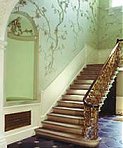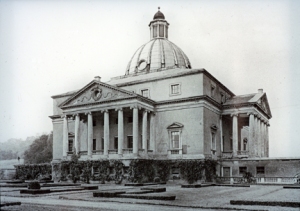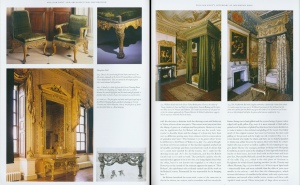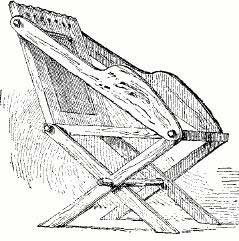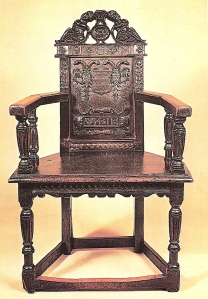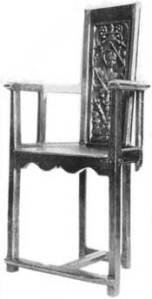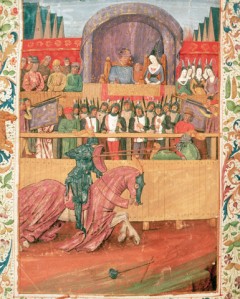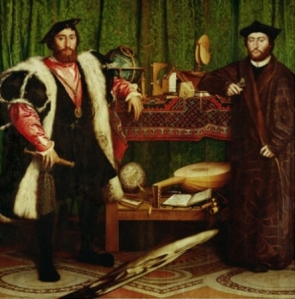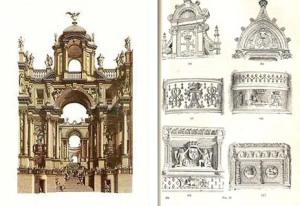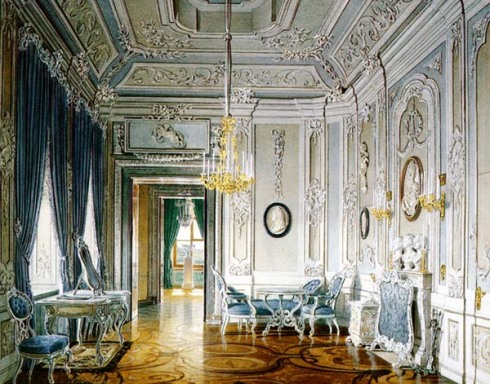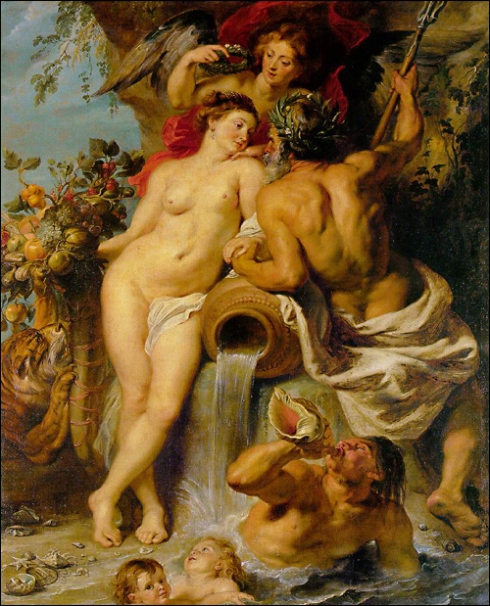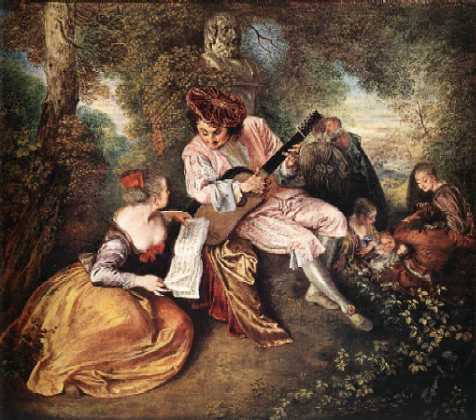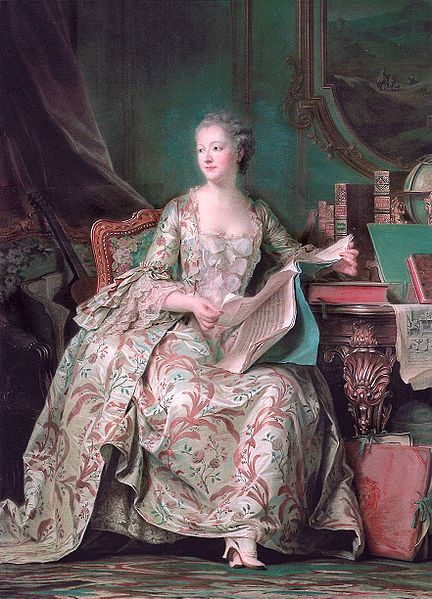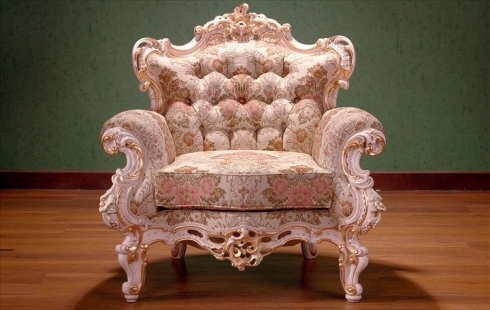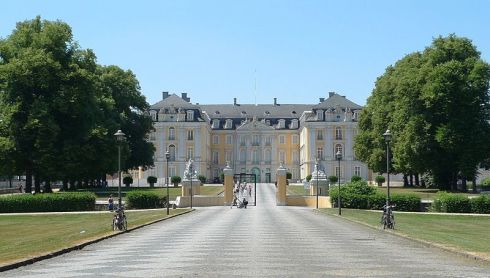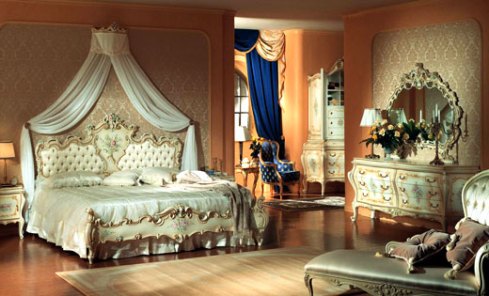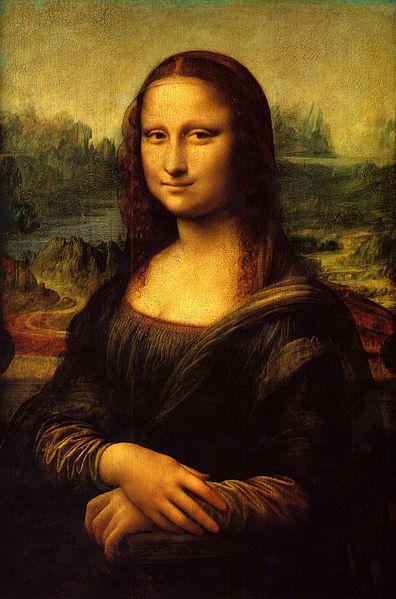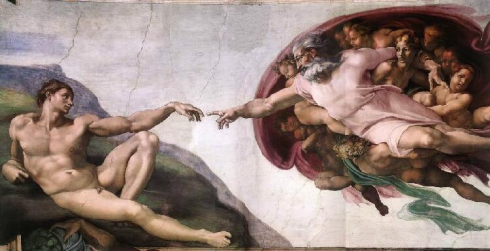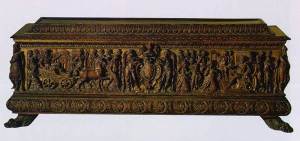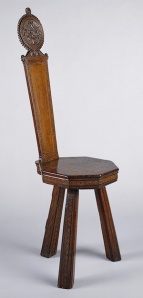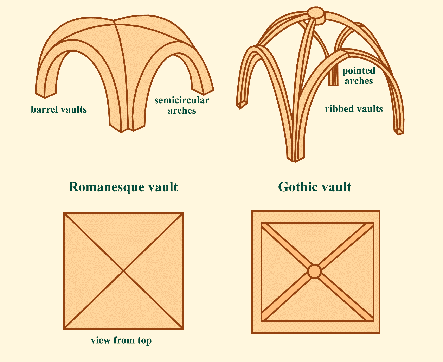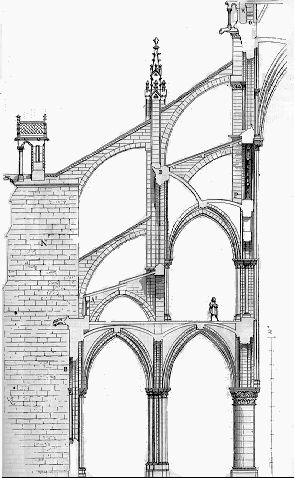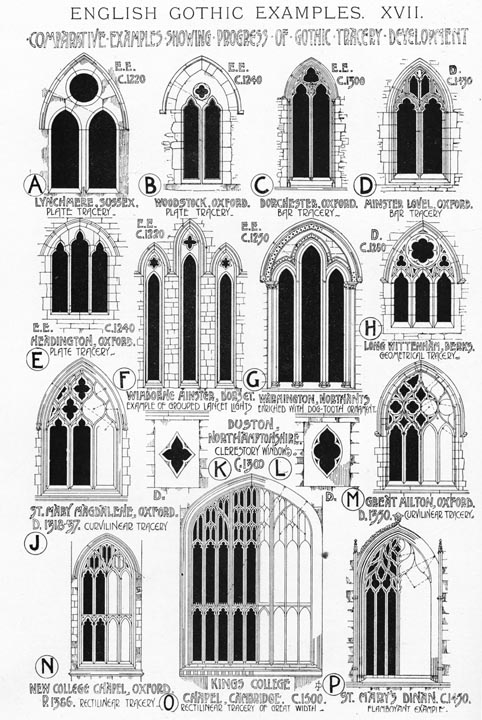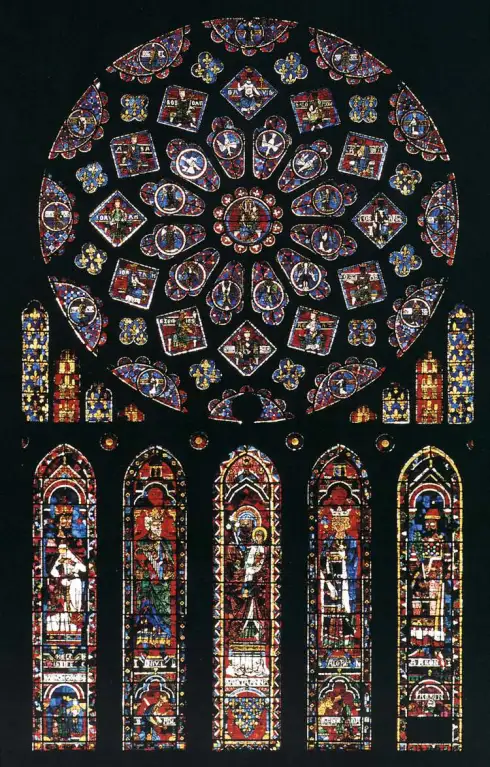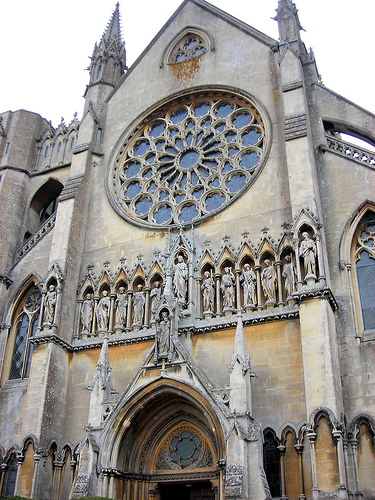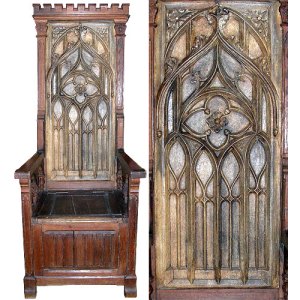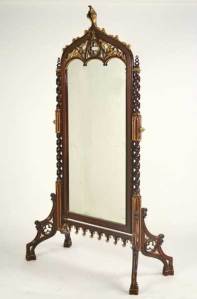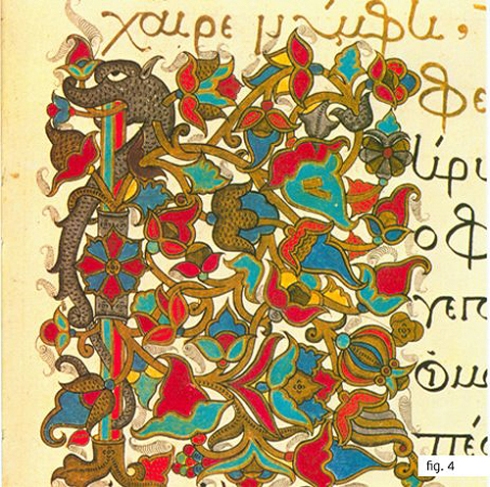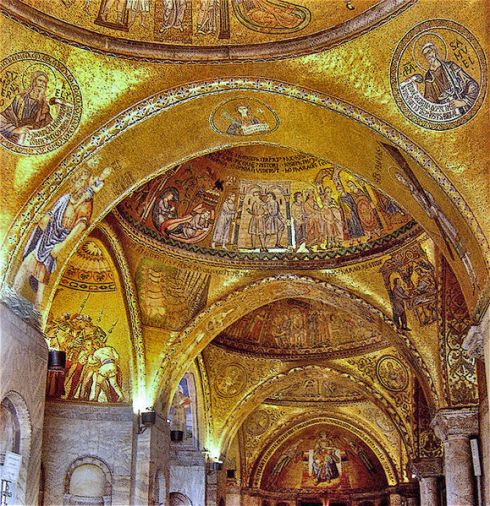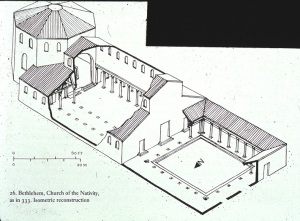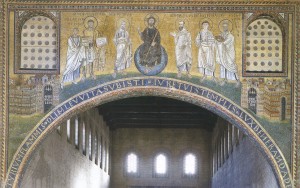The Early Georgian period (1714-1750) saw a revival of Palladianism. The excesses of the Baroque had created a distaste for over-decoration and Andrea Palladio’s Renaissance villas were admired as reflecting the pure lines of Classical architecture. There was a political element to this change of taste. Baroque was associated with the Counter-Reformation. The Hanoverians were a firmly Protestant dynasty. Lord Burlington, who designed the fine villa above for himself at Chiswick, was a leader of the Palladian Movement.
Georgian buildings are characterised by their symmetry and regularity of detail. Great houses and public buildings were fronted with massive pediments and colonnades inspired by ancient Greek and Roman temples.
The interiors of the great country and town houses built in Britain in the eighteenth century were splendid creations, increasingly extravagant as fashions changed and aristocratic home owners attempted to outdo one another.
For much of the early Georgian period of English furniture history the styles that had come to the fore in the Queen Anne period and before continued in popularity and underwent modifications of their own.
The most important change that occurred in the reigns of the George I and George II was the replacement of walnut by mahogany. Mahogany rapidly won favour among cabinet makers due to it being very strong, long lasting and having close grained wood well suited to experimentation. Mahogany was less prone to infestation, didn’t scratch, crack, or warp, didn’t need varnishing, and its dark reddish colour suited the design temperament of the early Hanoverian age.

